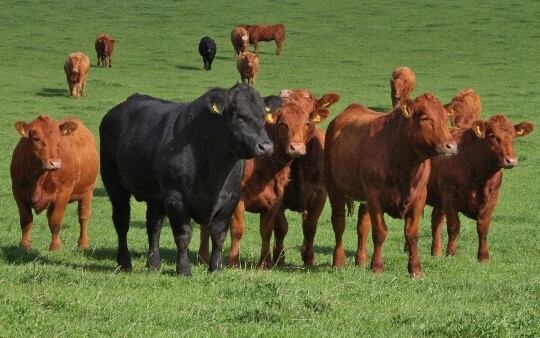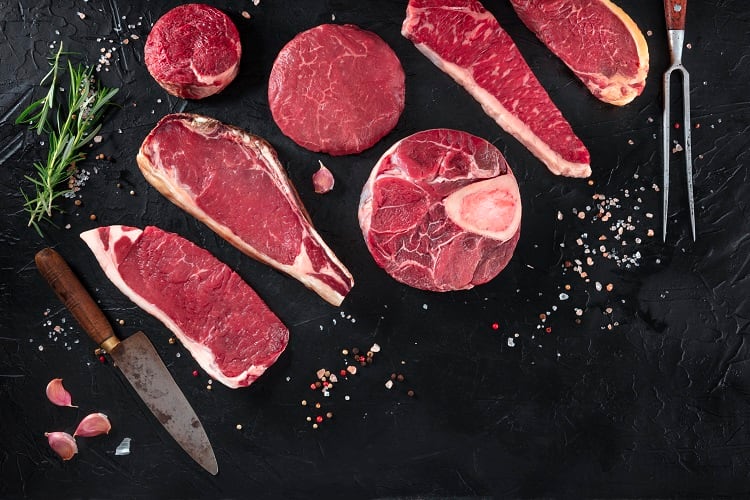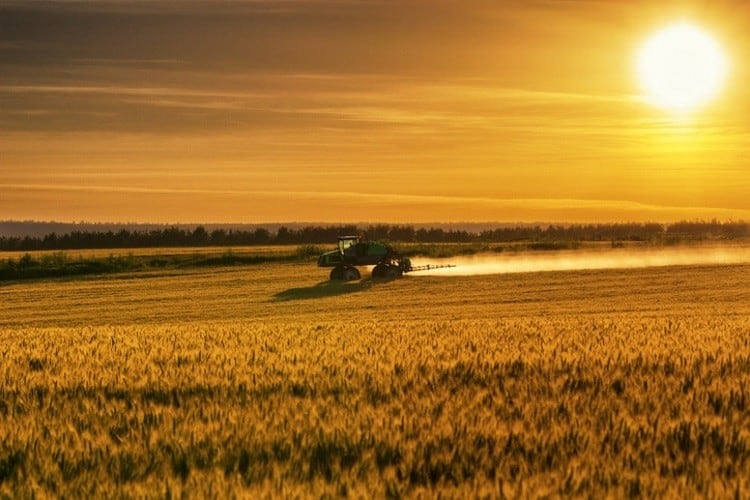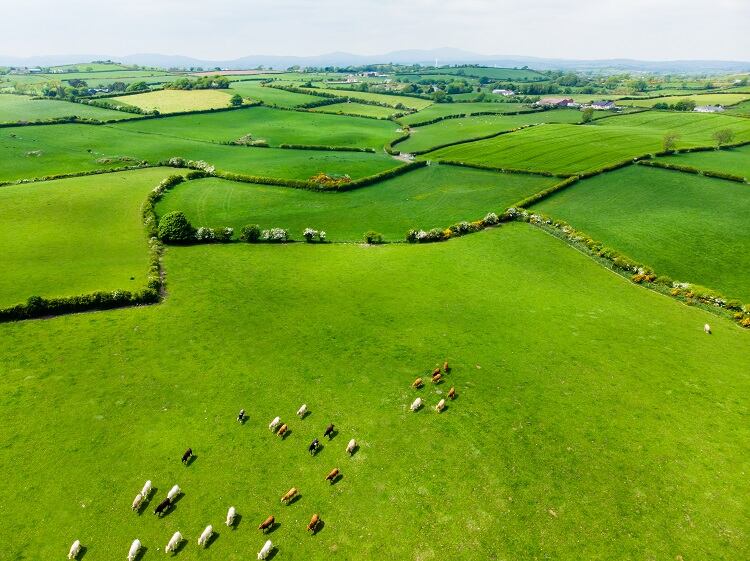Marginal gains -- the theory that the secret of success lies in improving everything you do by 1% and made most famous by the British 'zero-to-hero' Olympic cycling team -- has found a new disciple: the beef industry.
Amid the threat posed by the rising numbers of consumers seeking to cut their meat consumption or switch entirely to a plant-based diet for environmental reasons, the meat industry is fighting back to display its green credentials and prove it can be a part of the climate solution.
According to new lifecycle analysis carried out by agri-environmental consultancy Alltech E-CO2 and livestock breeder the Stabiliser Cattle Company, a combination of management and genetic changes can reduce the carbon footprint of an individual UK suckler unit by up to 40% while contributing to beef production efficiencies.
“The UK suckler industry is under immense pressure to reduce its carbon footprint while still feeding a growing population in a financially feasible way,” said Seth Wareing, Business Manager of Stabiliser Cattle Company. “While the strength of the suckler industry is converting grassland unsuitable for growing crops into a high-quality protein for human consumption, there is room to do this more efficiently from both an environmental and financial standpoint.”
How? Alltech E-CO2’s life cycle analysis model examines all inputs, processes and outputs of a farm's system – from obtaining raw materials to products leaving the farm gate -- to give a true picture of a farm’s environmental footprint by considering the balance of emissions across the entire production system.
“What we found is that significant carbon savings were easily and quickly achievable by improving many things incrementally rather than one thing 100%,” said Dr Stephen Ross, Senior Sustainability Specialist for Alltech E-CO2. “This is because when one small component is made more efficient, that efficiency will resonate in the supply chain and enable reductions across the entire life cycle.”
For example, offspring produced with feed efficient genetics yielded a carbon saving of 7%, which was driven by animals requiring less feed to maintain the same level of growth as animals that weren’t as feed efficient.
When genetics for improved growth reduced the finishing time for steers from 23 months to 18 months, there was a carbon saving of 10%. When those same genetics were applied to bulls, the finishing time decreased to 13 months with a carbon saving of 16%.
“That 6% carbon saving from leaving bulls intact shows there are huge opportunities for any producer to reduce their carbon footprint by making simple management decisions to improve efficiency, regardless of what they do with their genetic programme,” explained Wareing. “Management changes like calving at two and improving the replacement rate allow for short and quick gain that can have a long-lasting impact on the industry.”
However, if producers want to fully optimise their systems for carbon and financial savings, they must incorporate genetic improvement with management changes at the same time as part of a combined suckler herd improvement strategy.
When combining improvements seen across the 12 modelled systems, a full steer finishing system had a carbon saving of 31% and the bull finishing system had a carbon saving of 40%.
Dan Burling is from Stabiliser Cattle Company and runs Chain Farm in Over, Cambridgeshire, where he is farming 1,200 acres and calving 278 Stabiliser cows. He switched from Saler-cross cows to Stabilisers in 2006 for their easy management capabilities.
‘Making the herd more profitable makes it more carbon friendly’
He told FoodNavigator that by making lots of small measures, which are recorded and monitored rigorously, to improve efficiency at the farm can reduce carbon emissions and also produce a better tasting product for end consumers.
"Essentially we're aiming for a system that's profitable. It just so happens that a lot of the things we do to make the herd more profitable makes it more carbon friendly," he told us.
"Firstly, it's getting the right kind of cow," he explained. "We're using a smaller cow for a start, which requires less energy requirement. That means you can potentially have a higher stocking rate, so say I’ve got a 10-acre field, I could have 20% more Stabilisers in that field than another breed.
"Another plus for us having a smaller, more efficient cow is that cow will cope very well on zero input grass. There's no nitrogen and no chemicals used on that grass.”
Cattle are grazed on conservation land made up of flood plains and RSPB nature reserves. All offspring are kept entire and are either sold for breeding or fattened on farm, he revealed.
He also uses a lower birth weight calf to improve efficiency. "The reason that helps the carbon footprint is because that cow is more likely to have a live calf." Smaller cows are also more productive because they are having calves every year without gaps, he said. "Another thing is that we're calving the cows at two years old - a year earlier than most other breeds. That's quite a big chunk of saving carbon because that cow is being productive straight away. It's not messing around for a whole other summer, eating and wasting land area."
Another important facet of improving efficiency is by selecting for super fertile cows and super fertile bulls to reduce waste in the system.
Burling’s farm is also using algorithms to select, among other things, feed efficiency.
"We know if we select those blood lines that are eating less food, but growing the same or more, we're onto a winner because from a carbon point of view, they're growing faster using less resources," he elaborated.
Burling's farm also positively selects for eating quality by measuring rib-eye area, muscle and fat depth and intra-muscular fat, to produce the best tasting product for shoppers.
"We’ve got a beef production system and continued progressive genetic breed programme that can deliver a huge carbon saving as part of a product that delivers in terms of eating experience and green credentials," he said. "Hopefully supermarkets and processors get on board and support UK beef production in this direction."
But could the 'marginal gains' method be embraced by breeds other than Stabilisers?
"The Stabiliser has a combination of genetic skill that make it very easy to do all these things," responded Burling. "And it's because we selecting and actively recording all this stuff together and in quite a uniformed way that we are making all these gains. There will be other breeds that can potentially do it but in not such an easy or accessible way."





